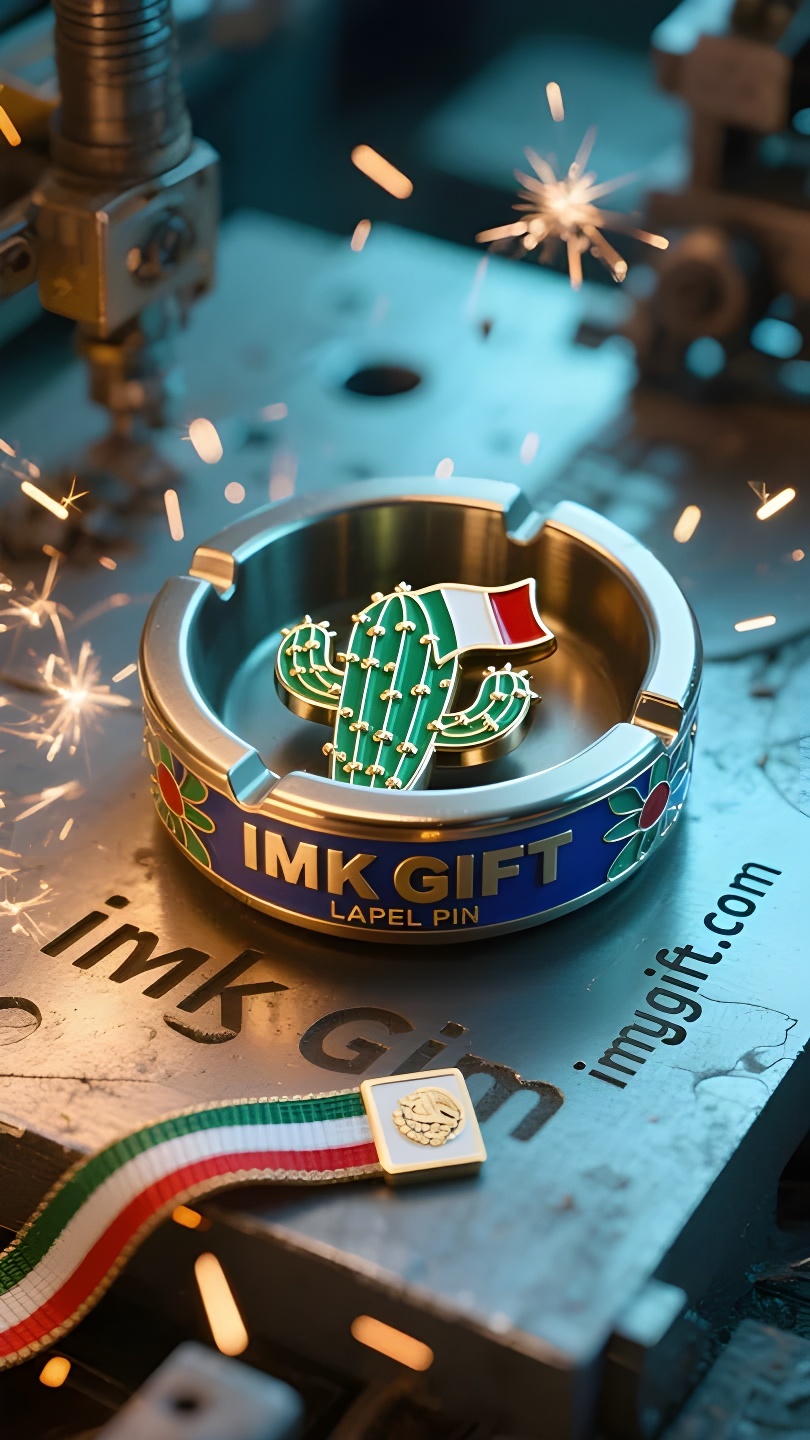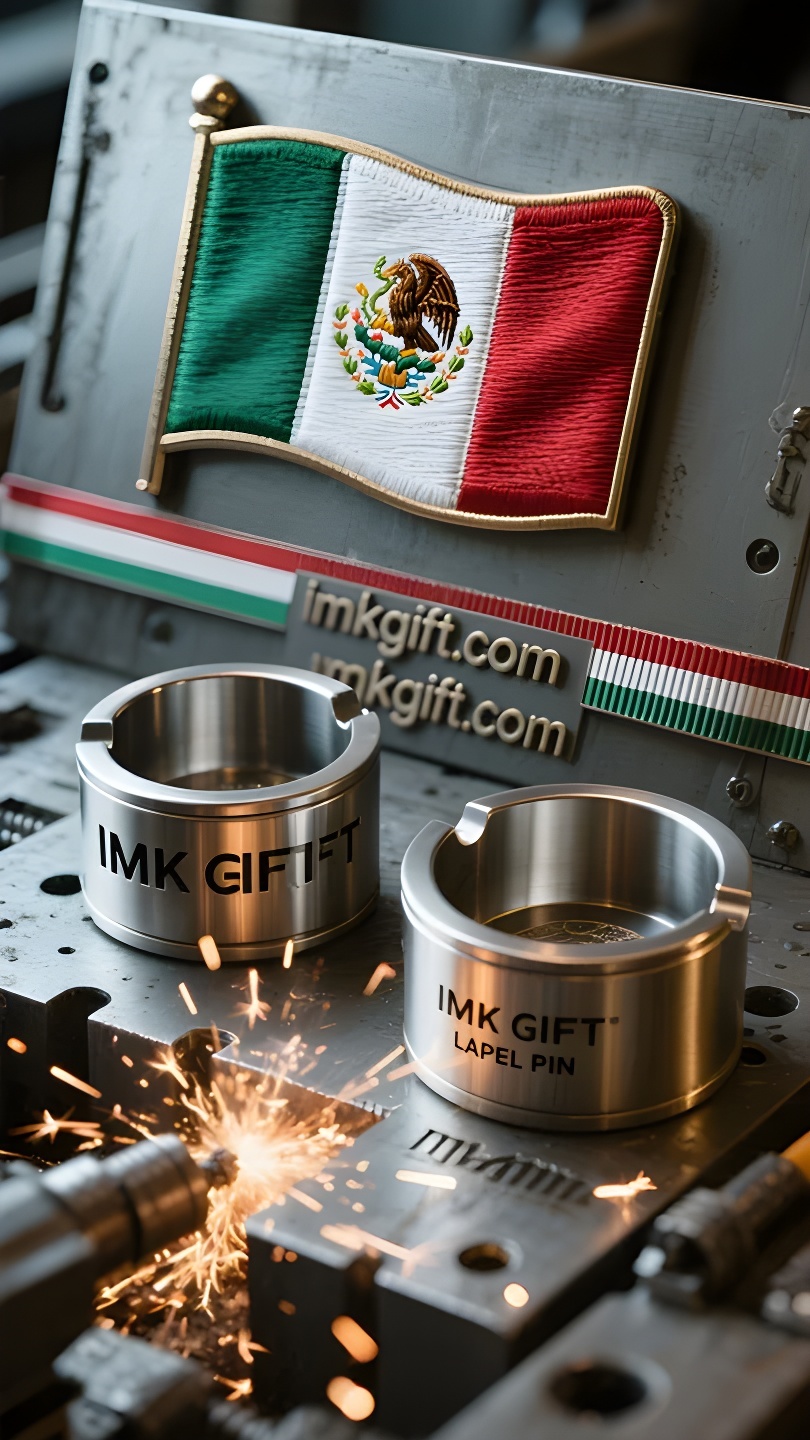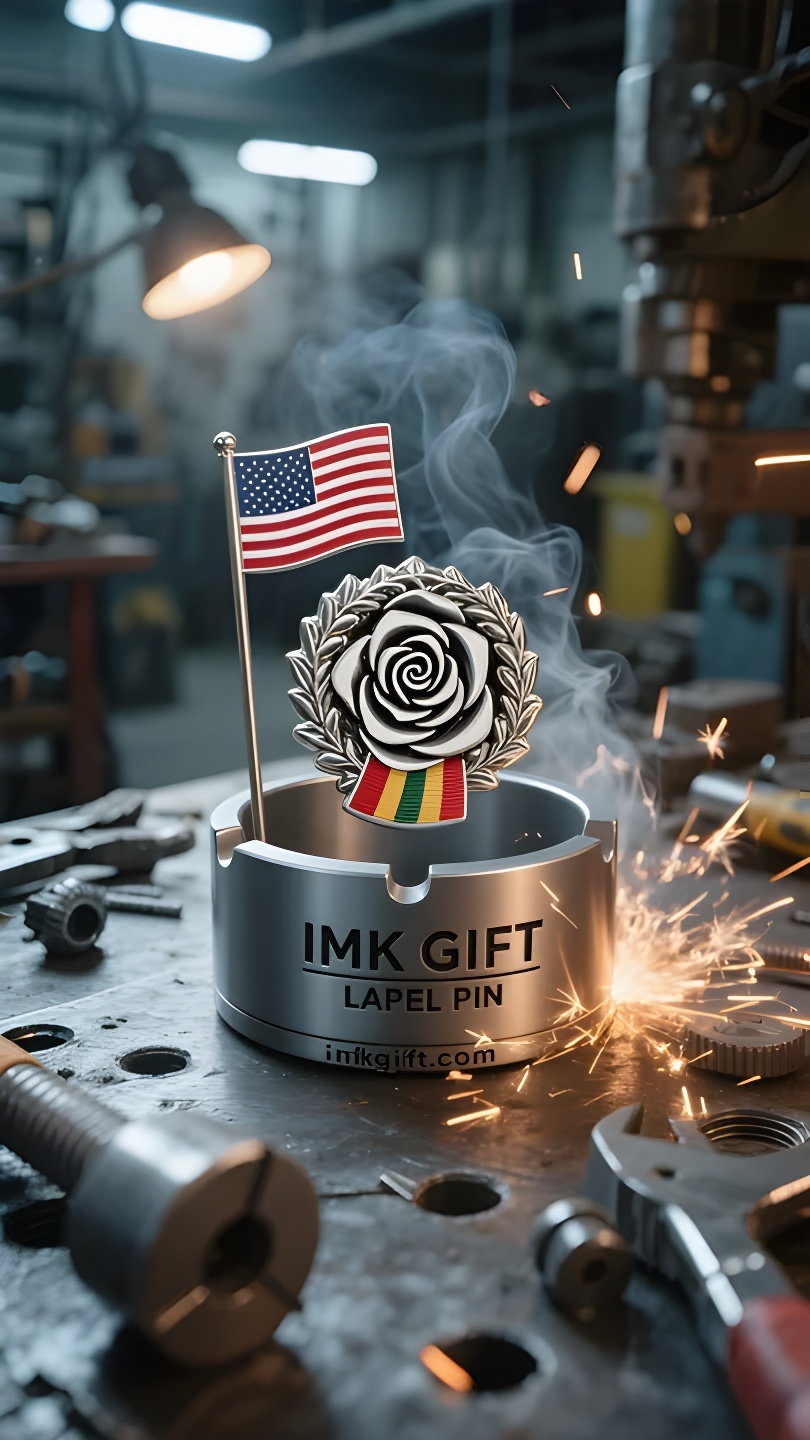in988-Sobre-las-ruinas-Cactus-en-flor
▼
El águila en el centro de la bandera mexicana está posada sobre un cactus con una serpiente en la boca. Esto no es solo una antigua profecía de los aztecas en busca de su patria, sino también una metáfora del espíritu nacional de renacimiento en ruinas. El ingenio de los mexicanos contemporáneos al incorporar cactus a sus vidas y convertirlos en ceniceros ha revitalizado esta tenacidad. El esmalte agrietado del cenicero de cactus es como la tierra abrasada por el sol abrasador en el desierto. Cuando las cenizas caen en él, las brasas grises forman un marcado contraste con el esmalte verde, al igual que el cactus enraizado en la roca de la bandera nacional, rebosando de vitalidad en el lugar más árido. Este tipo de diseño de utensilio tiene un profundo significado: las cenizas de la vida no deben ser el fin, sino convertirse en tierra fértil para nutrir una nueva vida. Cada año, en el Día de la Independencia, siempre hay gente en la Ciudad de México que limpia sus ceniceros ancestrales de cactus. Las marcas de humo acumuladas en el esmalte a lo largo de los años son como el trauma y la lucha de la época colonial en la memoria nacional. Pero los mexicanos creen firmemente que, así como los cactus pueden transformar el calor abrasador del desierto en agua almacenada, las cenizas de la historia también pueden templarse para dar lugar a una vitalidad más fuerte. Al tocar las líneas irregulares del cactus en el cenicero, parece tocar el pulso palpitante de esta nación: el verdadero coraje consiste en usar el sufrimiento como alimento y hacer florecer las flores más hermosas en las grietas del destino.
The eagle in the center of the Mexican flag is perched on a cactus with a snake in its mouth. This is not only an ancient prophecy of the Aztecs looking for their homeland, but also a metaphor for the national spirit of rebirth in ruins. The ingenuity of contemporary Mexicans incorporating cacti into their lives and making them into ashtrays has given this tenacity new life. The cracked glaze of the cactus ashtray is like the earth scorched by the scorching sun in the desert. When the ashes fall into it, the gray embers form a sharp contrast with the verdant glaze – just like the cactus rooted in the rock on the national flag, bursting with vitality in the most barren place. This kind of utensil design implies a deep meaning: the ashes of life should not be the end, but should become fertile soil to nourish new life. Every year on Independence Day, there are always people in Mexico City who wipe their ancestral cactus ashtrays. The smoke marks accumulated on the glaze over the years are like the trauma and struggle of the colonial period in the national memory. But Mexicans firmly believe that just as cacti can transform the scorching heat of the desert into stored water, the ashes of history can also be tempered into a stronger vitality. When the fingertips touch the uneven cactus lines on the ashtray, it seems to touch the beating pulse of this nation: true courage is to use suffering as nourishment and bloom the most gorgeous flowers in the cracks of fate.
墨西哥国旗中央的雄鹰衔蛇栖于仙人掌之上,这不仅是阿兹特克人寻找家园的古老预言,更隐喻着在废墟中重生的民族精神。而当代墨西哥人将仙人掌融入生活,制成烟灰缸的巧思,让这份坚韧有了新的生命。
仙人掌烟灰缸的裂纹釉面,恰似沙漠烈日炙烤后的大地。当烟灰簌簌落入其中,灰白余烬与青翠釉色形成强烈对比——正如国旗上那株扎根岩石的仙人掌,在最贫瘠处迸发生机。这种器物设计暗含深意:生活的灰烬不该是终点,而应成为滋养新生的沃土。
每年的独立纪念日,墨西哥城总有人擦拭祖传的仙人掌烟灰缸。釉面经年累月积攒的烟痕,如同民族记忆里殖民时期的创伤与抗争。但墨西哥人坚信,正如仙人掌能将沙漠的炙烤转化为储存的水分,历史的灰烬也能淬炼出更强大的生命力。
当指尖抚过烟灰缸凹凸的仙人掌纹路,仿佛触摸到这个民族跳动的脉搏:真正的勇气,是把苦难当作养料,在命运的裂缝里开出最绚丽的花。
▼
Contact Us
📞 Tel: +0086-760-85286839
📧 Email: sales3@imkgift.com








